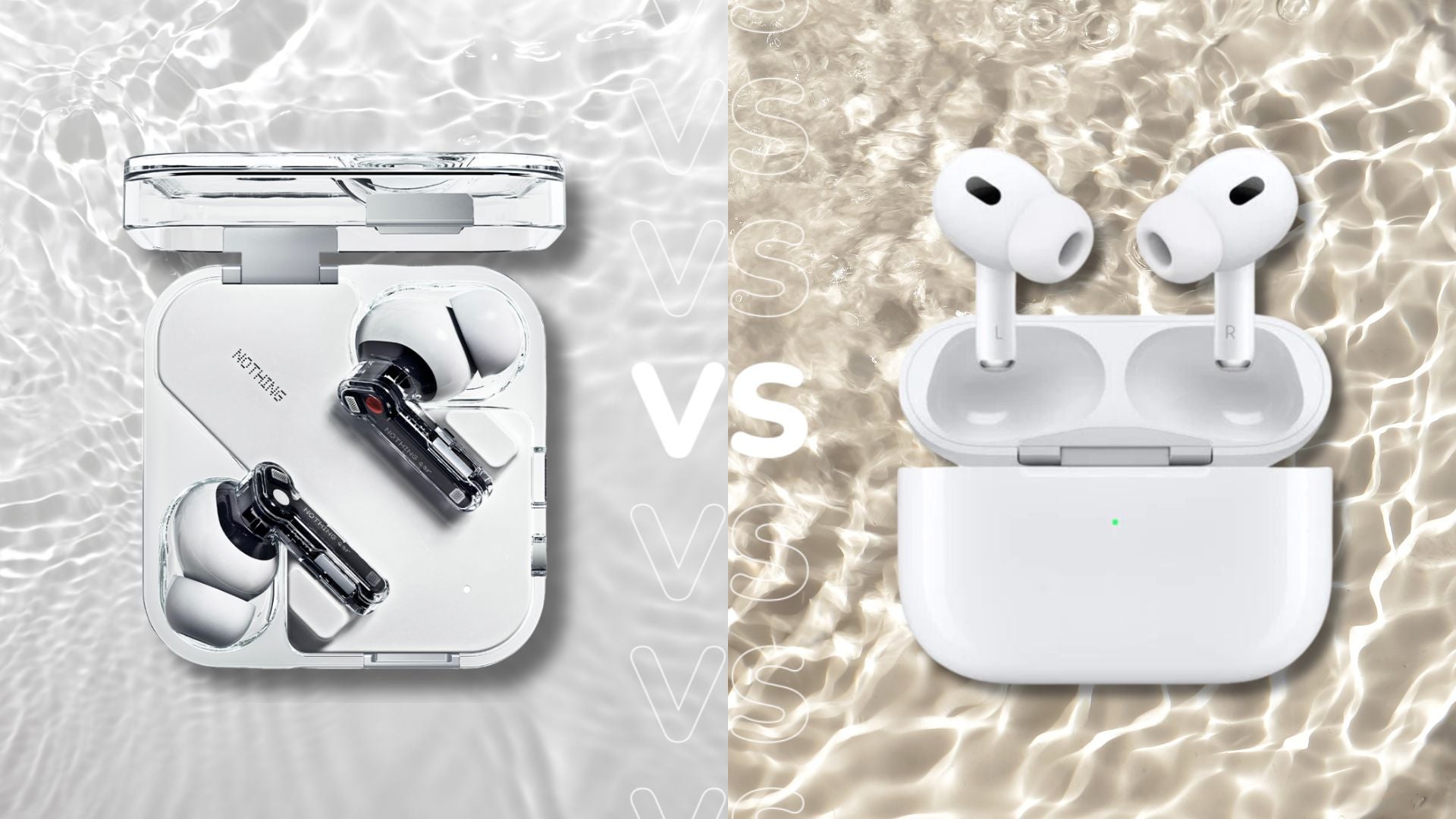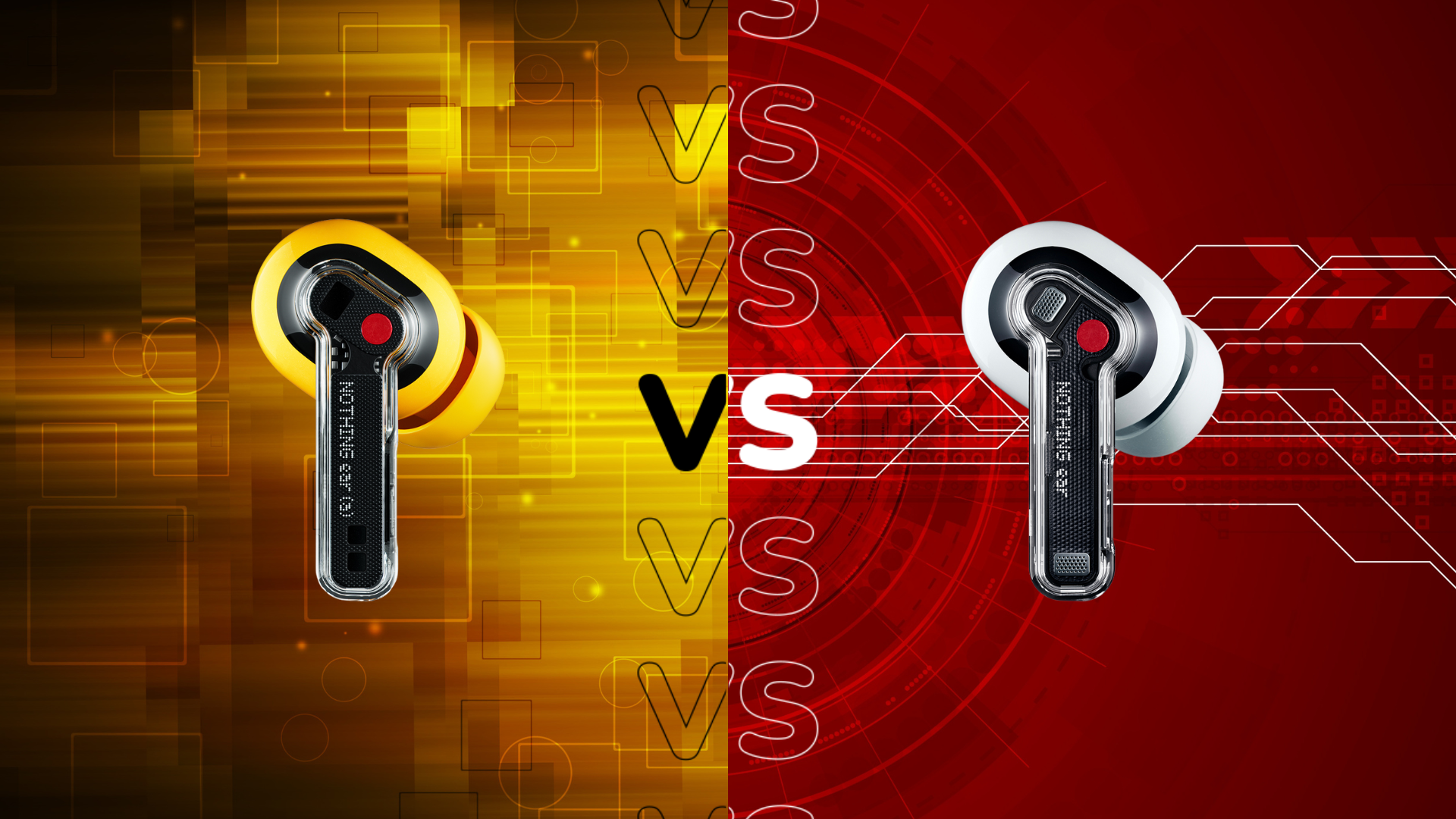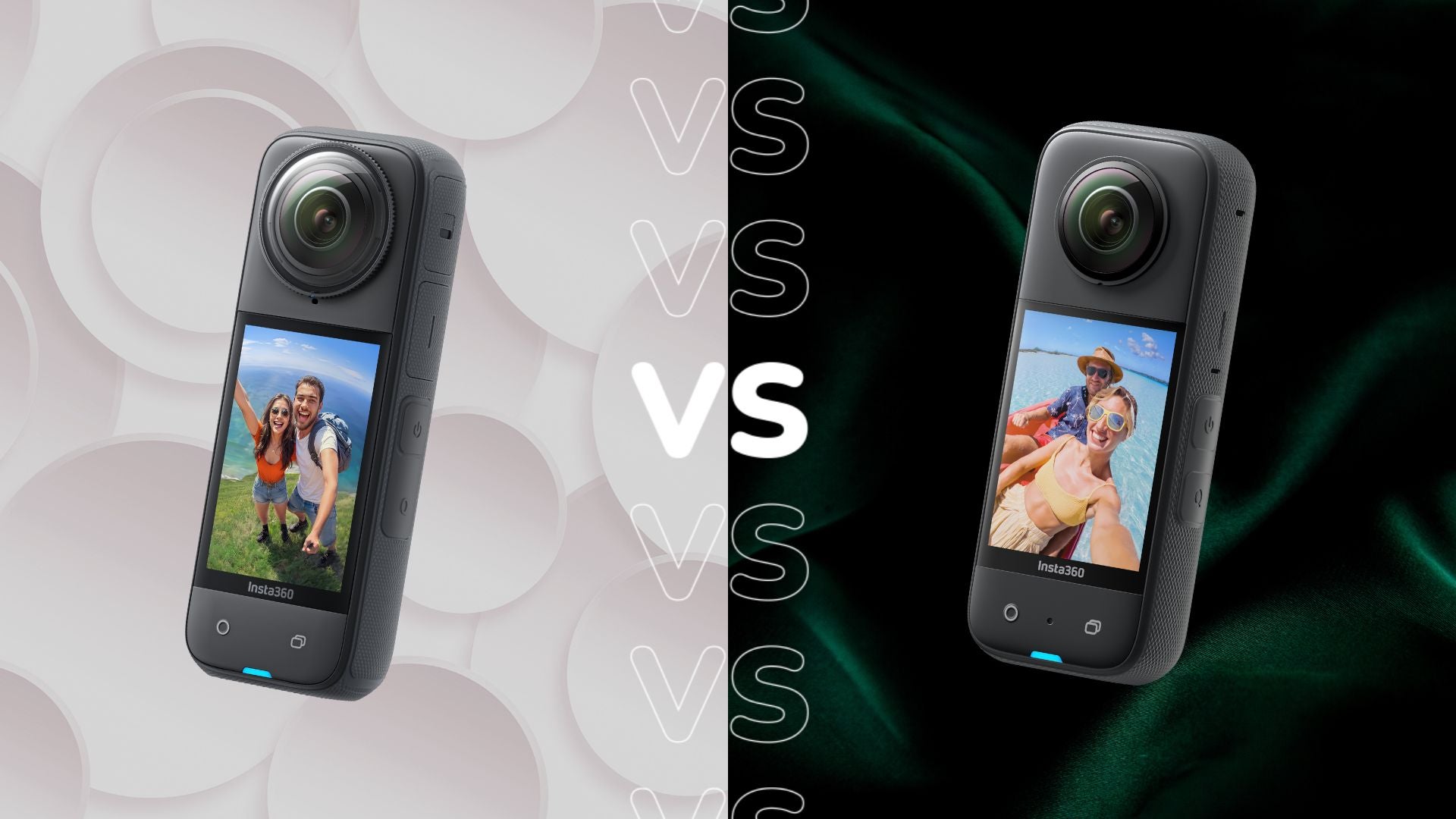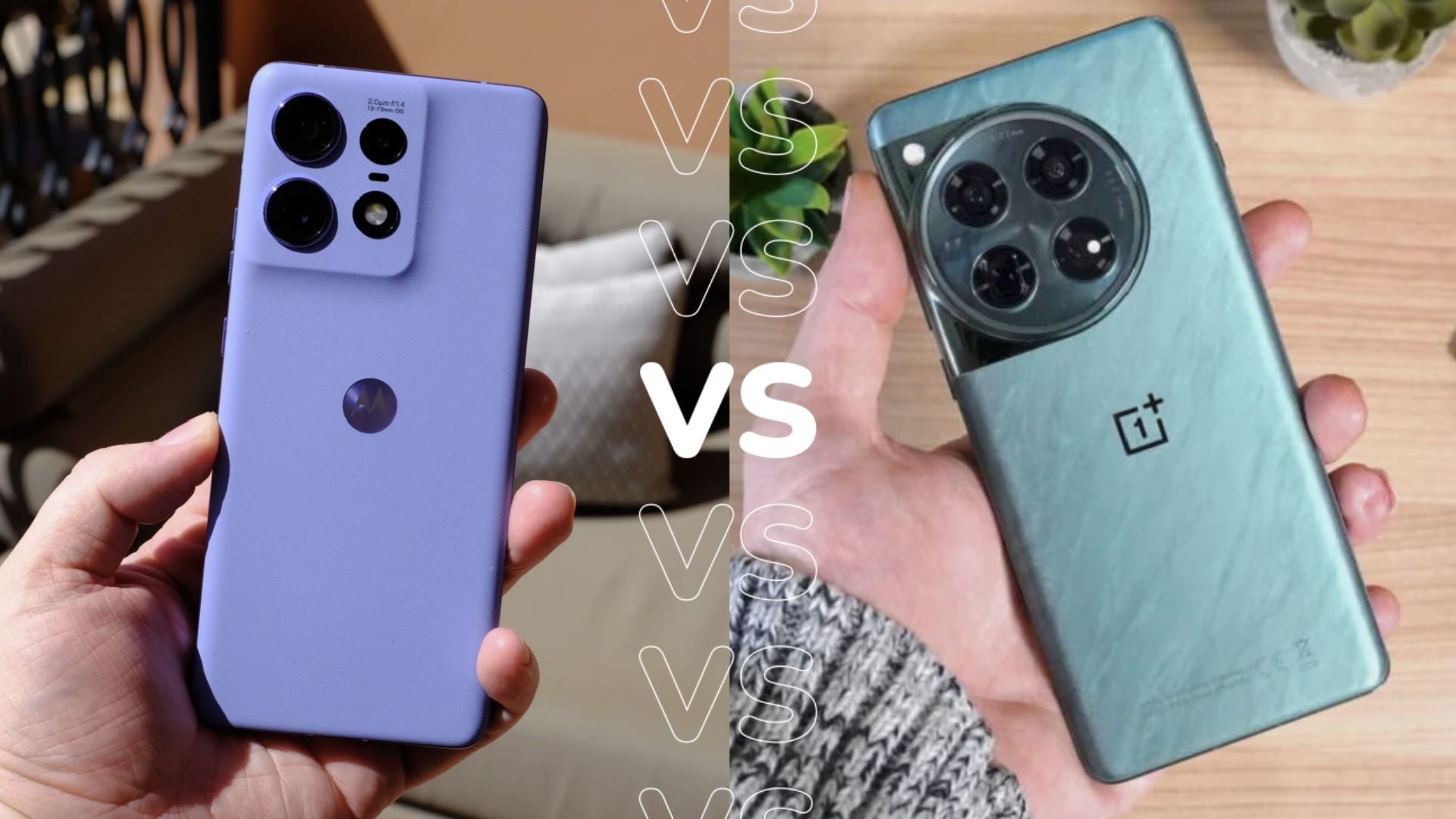Samsung Odyssey Neo G8 vs Samsung Odyssey Neo G9
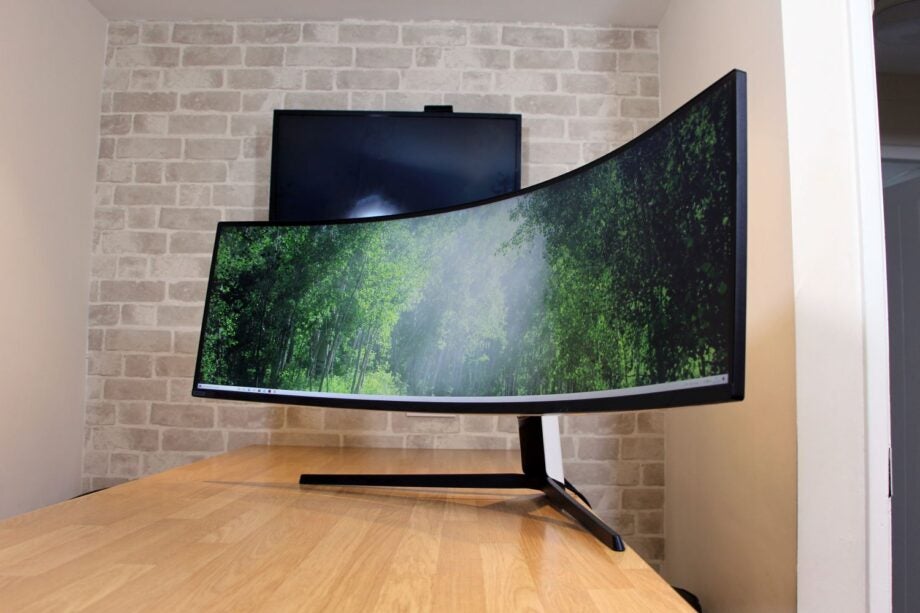
With the recent release of the Samsung Odyssey Neo G8, we thought it was time to compare it to its predecessor, the Odyssey Neo G9.
Choosing a new computer monitor can be difficult, especially if you’re torn between two different generations.
Since we have reviewed both the Samsung Odyssey Neo G8 and the Odyssey Neo G9, we thought it high time to go through the key differences between each monitor, so you can decide which model is right for you.
So, without further ado, here is everything you need to know about the Neo G8 and Neo G9 faceoff.
Pricing and availability
Starting with the older model, the Neo G9 came out last year and is available on the Samsung website for $1799.99/£1666.
Meanwhile, the Neo G8 came out in June 2022 and can be found on the Samsung website for $1499/£1699.
Design
The Neo G9 has a sleek design with slim bezels on the front and glossy white plastic surface on its rear. We found the build quality to be amazing, although its heavy weight of 16.7kg means that you will need a sturdy desk to accommodate it.
The Neo G9 is slightly tricky to assemble thanks to its many little screws, but it does come with a 120mm height adjustment alongside a 100mm VESA mount support, which is more than what most ultra wide screens have.
In terms of connectivity, it has two HDMI 2.1 ports, a DisplayPort 1.4 connection and two USB 3.0 ports, Sadly, there are no USB-C or Thunderbolt ports included, which we did find disappointing.
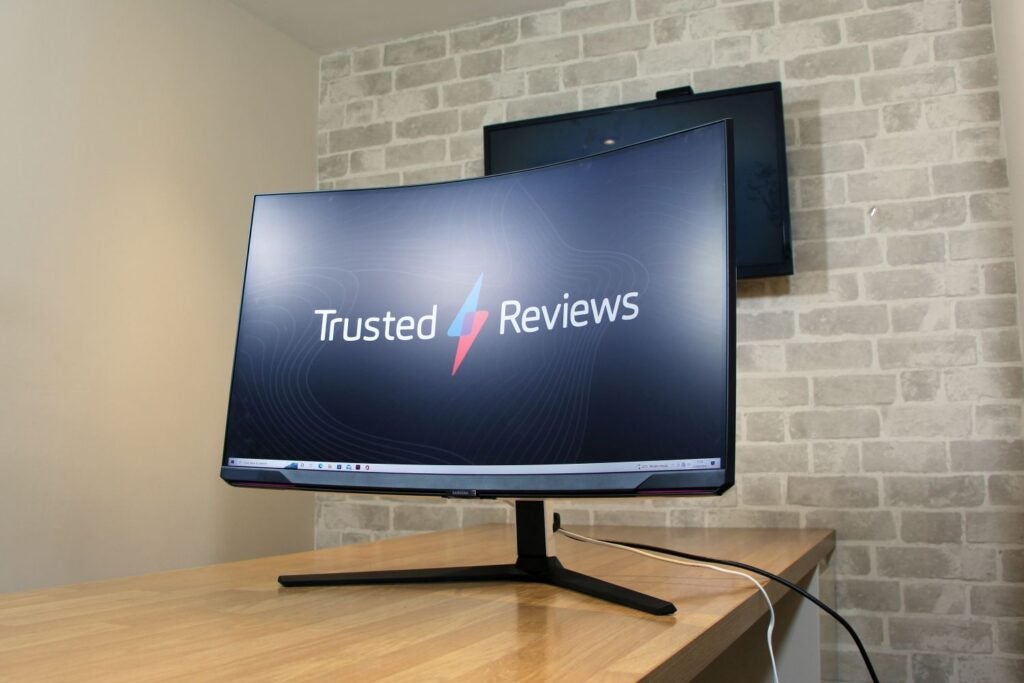
Moving onto the Neo G8, it shares design features with the Neo G9. It has the same sandblasted metal base and glossy white plastic, with plenty of adjustment options; 120mm height adjustment, tilt and swivel movement and 100mm VESA mount support.
Like the G9 there is no USB-C or Thunderbolt, with the only difference being two USB 3.2 Gen 1 ports instead of the USB 3.0 option. The rear panel is quite deep at 300mm but the Neo G8 is a little lighter at 8.9kg.
Both models come with RGB lighting, with our reviews saying this aspect of the design was a little lacklustre since both are too dim to too produce immersive ambient lighting.
Display
The Neo G9 comes with Quantum Mini-LED technology. The Neo G9 has 2049 LEDs, which allowed for better control over the darker and lighter parts of an image, delivering nuanced black levels and contrast.
It packs a 49-inch display and a 32:9 aspect ratio which we felt worked great for racing games and flight simulators. With the vast majority of games the Neo G9 absorbs all of your attention, with the ultrawide form factor working well with many FPS titles.
It has a 5120×1440 resolution and a 240Hz refresh rate, which delivered a smooth and sharp motion with only a tiny bit of ghosting if you pay close attention. In our tests we found the Neo G9 to have a sensational contrast ratio of 4240:1 and a black point of 0.05 nits, which provided an overall vibrant and colour-accurate display image.
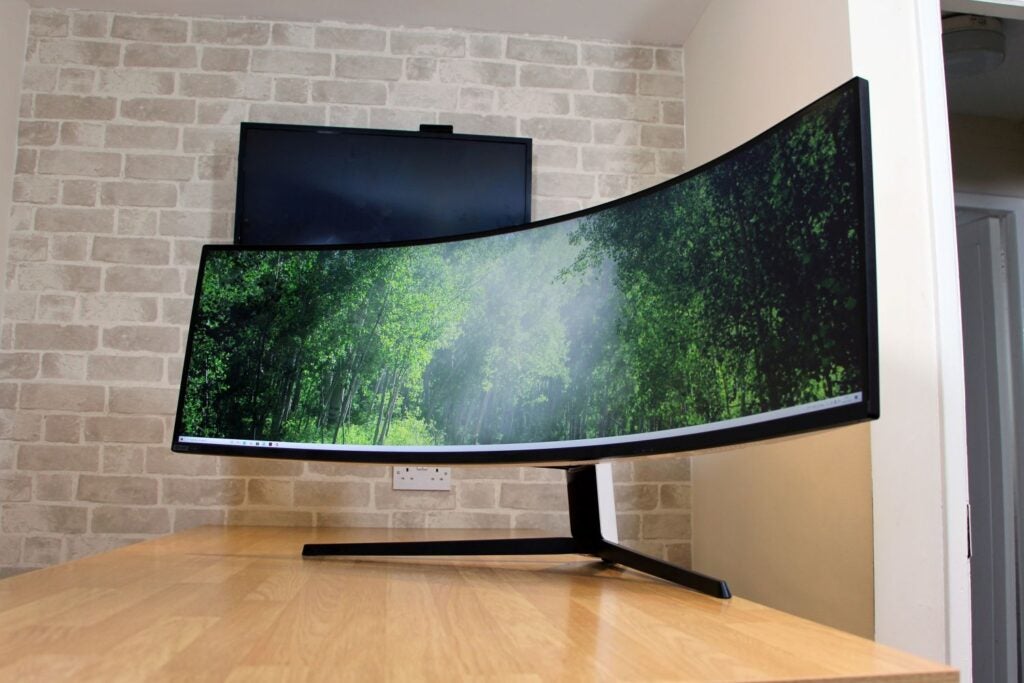
Turning to the 32-inch Neo G8, our testing revealed the display had a 9600:1 contrast ratio and a 0.02 nit black point, which is better than its predecessor. We noted the panel delivered sensational image quality and the 16:9 aspect ratio worked well for media and almost every gaming genre out there.
It has the same 240Hz refresh rate that delivers crisp and smooth results. Like the G9, it does have some minor ghosting issues but only in darker areas, our reviewer said this screen was better than most other 240Hz displays out there.
As a step up from the Neo G9, this display comes with a 4K resolution and a density level of 137.68ppi, which delivered pin-sharp imagery. We did note that gamers will need a powerful GPU to get the most out of this display, although it is a fantastic option for anyone wanting to experience their games at a high resolution.
Features
Our reviews noted that both displays produced excellent SDR and HDR performance, with the Neo G8 reaching almost 2000 nits in its HDR mode. We do recommend the sRGB mode over HDR for the Neo G8, however, as the genre-specific modes actually hinder the image quality.
However, we thought that the Neo G9 worked brilliantly in HDR mode, reaching a peak of 2333 nits during Dyanmic HDR. This allowed for brighter colours and more depth to environments on screen, with more nuance being created in games than what we have seen before.
Verdict
Overall, the Samsung Odyssey Neo G8 and the Odyssey Neo G9 are great displays that are ideal for any gamers. However, despite the similar design, anyone after the most premium display should consider the Neo G9, which comes with a high resolution for an immersive and sharp picture. The Neo G9 absorbs all your attention, which is great for anyone who wants an edge while playing competitive games.
It is important to consider that both displays will require some horsepower in the form of a powerful GPU, but the shape of both monitors offers up a more streamlined experience than using multiple screens.


